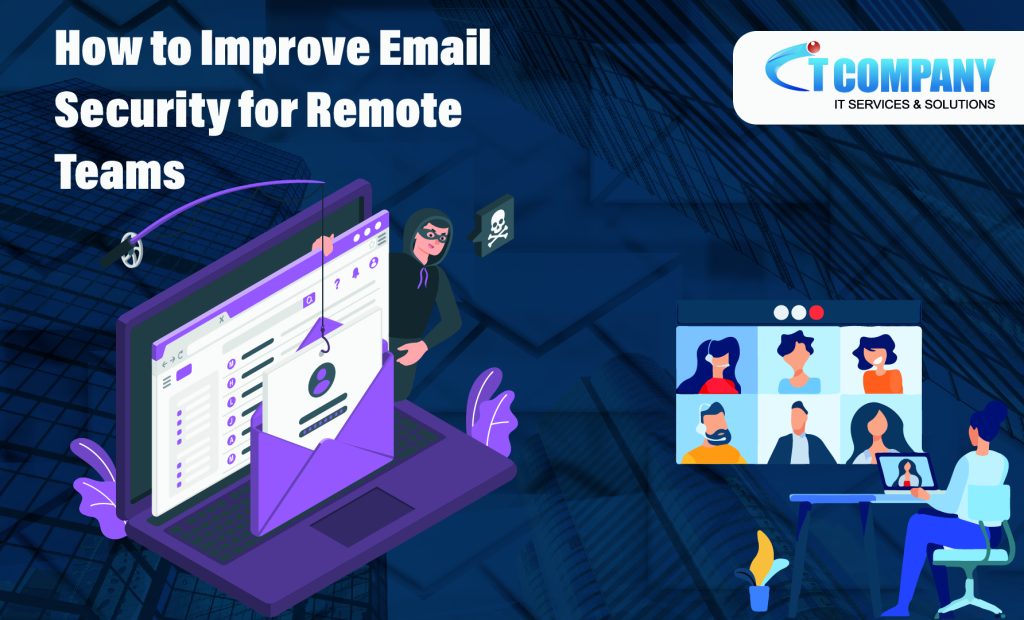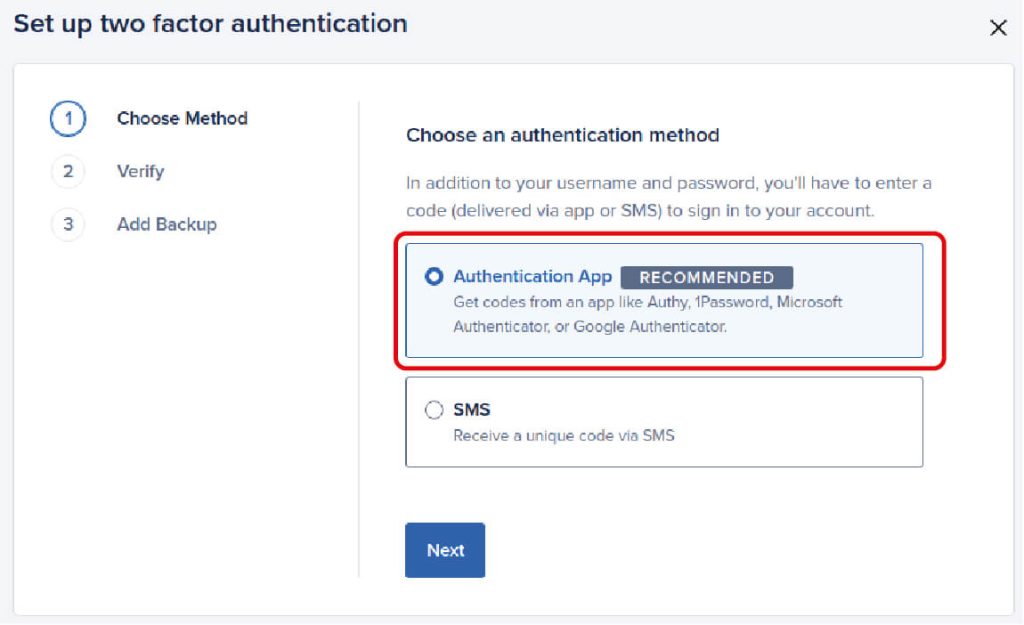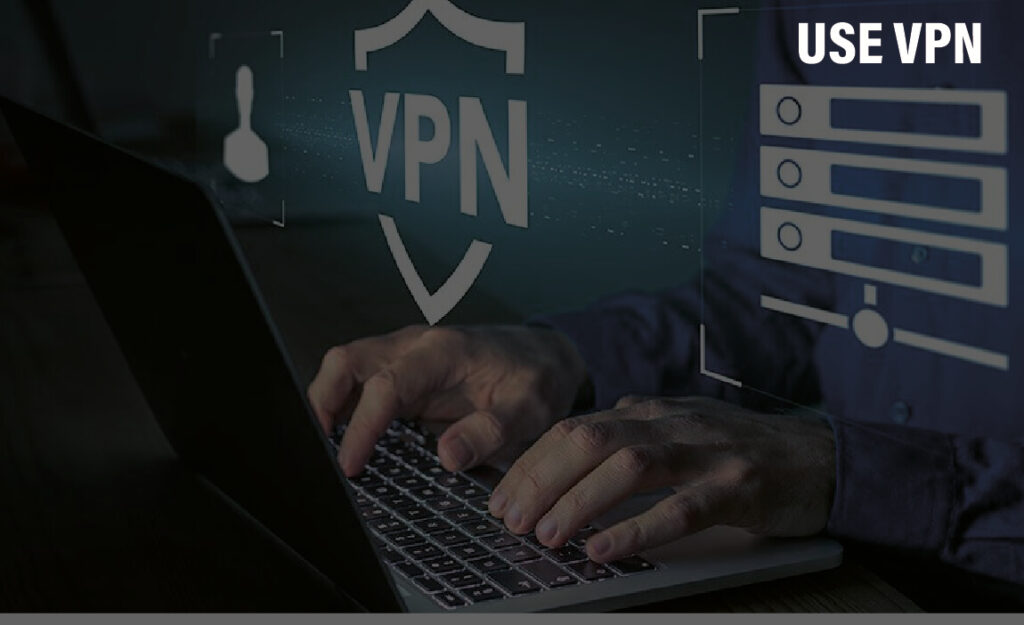
Table of Contents
ToggleAs organizations adjust to remote workforces, email has become the key means of communication. However, greater reliance raises the danger of cyber attacks targeting sensitive information sent over email. To protect the integrity and confidentiality of digital communications, it is critical to implement strong email security. In this article, we will discuss the importance of Email security check and how they might strengthen the defenses of remote teams in 2024.
Use a strong password
One of the easiest but most effective methods to increase email security is to use strong passwords for all of your accounts. A strong password should be at least eight characters long, contain a variety of capital and lowercase letters, digits, and symbols, and avoid using popular or predictable words or phrases. You should also update your passwords on a regular basis, and use different passwords for each account. To handle your passwords safely, utilise a password manager programme that encrypts and saves them in a secure location.
Improving email security for virtual teams is critical to protecting sensitive information and ensuring the team’s overall communication integrity. Here are some techniques to improve email security for virtual teams.
1) Use Secure Email Platforms.
2) Enable Multi-Factor Authentication (MFA).
3) Update systems and software on a regular basis.
Enable two-factor authentication

Another option to improve email security is to set up two-factor authentication (2FA) for your email accounts. 2FA provides an extra layer of security by forcing you to input a code or a verification link delivered to your phone or another device in addition to your password when logging in to your email account. This ensures that even if someone obtains or guesses your password, they will be unable to access your email without the second factor. Most email providers provide 2FA in their settings, and you may use a 2FA app to create codes for your accounts.
Encrypt your emails
Encryption is the technique of scrambling your emails so that only the intended recipients can read them. Encryption can help prevent hackers or unauthorised parties from intercepting, modifying, or stealing your emails. You may encrypt your emails using a secure Email security check that supports encryption, such as ProtonMail or Tutanota, or by utilising an encryption tool or plugin that integrates with your current email service, such as Mailchimp. You should also ensure that your email receivers use the same encryption mechanism or key to decrypt your messages.
Avoid phishing and spam
Phishing and spam are frequent email threats that attempt to fool you into clicking on dangerous links, opening infected files, or disclosing personal or financial information. Phishing and spam emails may appear to be from genuine sources, such as your clients or partners, but they typically contain clues that they are not, such as spelling or grammar issues, urgent or strange requests, or mismatched sender names and addresses.
Before opening or replying to any email, always check the sender’s identity and legitimacy, and avoid clicking on any links or attachments that you do not anticipate or that appear suspect. Additionally, you should report and delete any phishing or spam emails you receive.
Use a VPN

A virtual private network (VPN) is a service that establishes an encrypted connection between your device and the internet. A VPN may help you protect your email by disguising your IP address, location, and online behaviour from prying eyes, as well as preventing hackers from intercepting or interfering with your email traffic.
A VPN can also allow you to access your email from any place, even a public or insecure Wi-Fi network. You may use a VPN programme or software to connect to your preferred VPN server, and make sure your VPN is always active while you use email.
Educate your team
Finally, one of the most significant approaches to improve email security for virtual teams is to educate team members on proper practices and potential hazards associated with email communication. You should give frequent training and updates on email security and privacy rules, and urge your team to adhere to them.
Cultivate an awareness and accountability culture, as well as a sense of shared responsibility for email security. You should also have a well-defined method for reporting and reacting to any email problems or difficulties that may develop.

Conclusion
A successful email breach can have disastrous consequences, both financially and reputationally. Integrating frequent email security checks into your organization’s cybersecurity plan allows your remote personnel to work with confidence and peace of mind. As technology advances and cyber threats grow more sophisticated, proactive measures like Email security check is critical to protecting sensitive information and maintaining stakeholder confidence.
1. Employees should get training on email security best practices.
2. Make strong passwords.
3. Do not repeat passwords between accounts.
4. Consider changing passwords on a regular basis—or not.
5. Use multi-factor authentication (MFA).
6. Take phishing seriously.
7. Be aware with email attachments.
1. Use a virtual private network.
2. Enable multi-factor authentication.
3. Use endpoint protection.
4. Implement cloud-based security.
5. Educate employees.
6. Observe network traffic.
7. Prepare a catastrophe recovery strategy.





